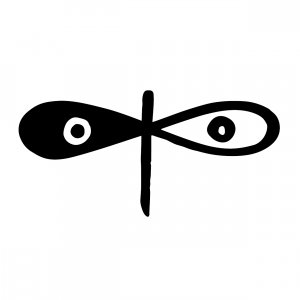
Adolfo Tura
A scholar and curator, he holds a PhD in Historical and Philological Sciences from the École Pratique des Hautes Études in Paris, where he carried out research for several years.
Author's books
Il Salon del 1846
Charles Baudelaire
pages: 128 pages
Charles Baudelaire, considered the father of modern poetry, also wrote some of the most influential and daring prose pieces of the 19th century. A frequent presence at the Paris salons, he made a point of expressing his theories on modern art and artistic philosophy through incisive, unflinching criticism.This brief essay revolves around the princi
Il Novecento di Baudelaire
L'arte evanescente
Adolfo Tura
pages: 120 pages
The focus of this essay is an evolutionary moment in painting driven by the modern age which Charles Baudelaire contributed to ushering in. In his insightful observations on culture, he did not simply admire and comment on many of the leading painters of his day, but also foresaw, and even encouraged, a new art whose first audacious manifestations
Breve storia delle macchie sui muri
Veggenza e anti-veggenza in Jean Dubuffet e altro Novecento
Adolfo Tura
pages: 111 pages + 4 (inserto)
One day, between three and two and a half million years ago, an Australopithecus was wandering in the Makapan valley in South Africa when something suddenly caught his attention. It was a pebble of jasper, whose appearance, shaped by the work of natural agents, made it look like a human skull. Three cavities on a rounded surface and lo, a face appe


